 We fly into the darkness for fourteen hours, arriving in Doha as the sun sets, glowing red in a viscous sandy sky. The sprawling, futuristic airport is enveloped in a crimson haze, and it feels like we landed on Mars.
We fly into the darkness for fourteen hours, arriving in Doha as the sun sets, glowing red in a viscous sandy sky. The sprawling, futuristic airport is enveloped in a crimson haze, and it feels like we landed on Mars.
As we walk to customs, the call to prayer echoes through the empty open spaces.
Sarah and I have a twenty-hour layover before we continue on to Kathmandu to meet our group. I consider the unknowns in the plan I made months ago, as I review the texted instructions on how to meet our guide.
With a couple of emails, I arranged to tour Doha in the evening and then head into the Arabian Desert to drive through the dunes at sunrise.
Amir meets us at the hotel, dressed in a traditional Qatari thobe, a long white shirt worn over pants, and a loose headdress held in place with a black rope. We learn that he is from Pakistan and has lived in Doha for eight years.
He is one of over two million migrant workers, mostly men, from India, Pakistan, Indonesia, and Nepal, needed to sustain the city’s staggering growth. In contrast, there are only three hundred thousand Qatari nationals. This influx of workers makes the country skew heavily male, with women making up only a quarter of the population.
Doha is a city of extremes, but the social strains rarely come to the attention of tourists.
We begin our tour from the comfort of Amir’s white Land Cruiser. The interior is pristine and covered in clear plastic to keep out the sand. Amir’s well-worn tour guide persona is charming. He quickly reads that he can be playful with us and flirts with Sarah, referring to her as his queen.
Amir shows us the polished, super-charged version of Doha. Like Las Vegas, the city is most stunning at night when dressed in its colorful sparkle as opposed to the bland brightness of daylight

The city smells like expensive aftershave and is young and eager to please. The past has been leveled in the last couple of decades and in its place has sprung an emerging financial and tourist center that is a mash of Disneyland, Rodeo Drive, and downtown Dallas.
All of this dazzling, mismatched modernity is tied together by nostalgic themes of desert nomadism and maritime trade.
Everywhere there are images of Bedouin life and markets, falcons, sailing vessels, and pearls that honor a way of life that has long been erased with the discovery of natural gas and high end, over the top shopping malls.
In less than four decades, Qatar went from being one of the poorest countries to now boasting the highest per capita income in the world.

It does not take long to understand that Doha is far more interested in its future as it prepares to host the 2022 World Cup, the first Arab state to do so. With this massive undertaking, comes more freedoms for women, a welcoming attitude for tourists, and a safe, hermetically clean city that is officially recognized as one of the New Seven Urban Wonders.
What is not as readily mentioned, is that this forward momentum on steroids and newfound status is built on the backs of migrant laborers, many suffering exploitation and human rights violations. The labor abuses around the build-up for the World Cup are attracting international attention and pressure for reforms.
 We end up at the Souq Waqif, a major tourist attraction and popular meeting place for Qataris, located in the heart of the city. The market is a modern creation emulating the old 19th-century Souq which was destroyed in a fire; but like so much of Doha, it feels like a theme park.
We end up at the Souq Waqif, a major tourist attraction and popular meeting place for Qataris, located in the heart of the city. The market is a modern creation emulating the old 19th-century Souq which was destroyed in a fire; but like so much of Doha, it feels like a theme park.
The more genuine moments come as store merchants and security guards
greet Amir with hugs and quick, smiling exchanges in Arabic or Urdu as we walk by restaurants and stores selling spices, fabrics, jewelry, and trinkets.

The most interesting section of the Souq is the block dedicated to the falcon market. Each store displays dozens of hooded falcons on pedestals. Falconry is a treasured vestige of ancient Qatar culture. There is even a falcon hospital within the Souq that provides state-subsidized healthcare for all domesticated falcons. The birds are so highly prized, some are issued their own passports as proof of their Qatari origin.

I am surprised to see women, alone and together, without male chaperones. In Qatar, women have the right to vote, drive, and pursue careers, but the restrictions of family and tradition are still powerful influences.
Most older women still wear all-black abayas. Younger women dress in modest western clothing or choose colorful abayas with designer accessories. Although there are no official clothing restrictions, tourists are expected to dress conservatively.
Amir leaves us to wander the Souq on our own. Our dinner runs over, and we are late to meet back with him. He is visibly angry, and we apologize profusely. When he drops us off, I silently question if he will return, as arranged, to take us into the desert.
A few hours later, I am relieved when I see the white Land Cruiser make its way up to the front of the hotel where we are waiting.
Amir steps out of the car, grinning, and calls to his queen.
Sarah answers back, “Yes, my king.”
We are friends again.
As Amir heads toward the desert, we pass the buses transporting construction workers to and from Doha for the morning shift change. They live in segregated areas, in accommodations provided by employers.
There’s a feverish, round-the-clock schedule to complete eight soccer stadiums, countless hotels, a visitor’s center, and a new subway system by the World Cup.
Soon we are the only car using the twelve-lane highway lit with poles that look like giant glow sticks, changing to a different pastel color every few minutes.
I am tired of the glitzy artifice and eager to see the desert.
Amir explains that Qatar and Namibia are the only two countries in the world where sand dunes meet the ocean. Both locals and expats pour out of the city on the weekends and holidays to stay in make-shift desert villages of trailers.

We turn off the highway and stop at a small cluster of tents and metal ship containers.
There are camels decked out for the tourists and a falcon standing on his perch. By now the sky begins to lighten and casts a gray monochrome over everything.
As Amir deflates the tires for driving through the dunes, I notice men sleeping behind one of the metal containers, while others have begun to move about to brush their teeth or make tea.
We are in a unique part of the Qatari peninsula, just north of Saudi Arabia, where rolling sand dunes surround an inlet of the Persian Gulf. Because it’s a weekday, we are the only people driving over the undulating landscape, dotted with vacant weekend trailers.
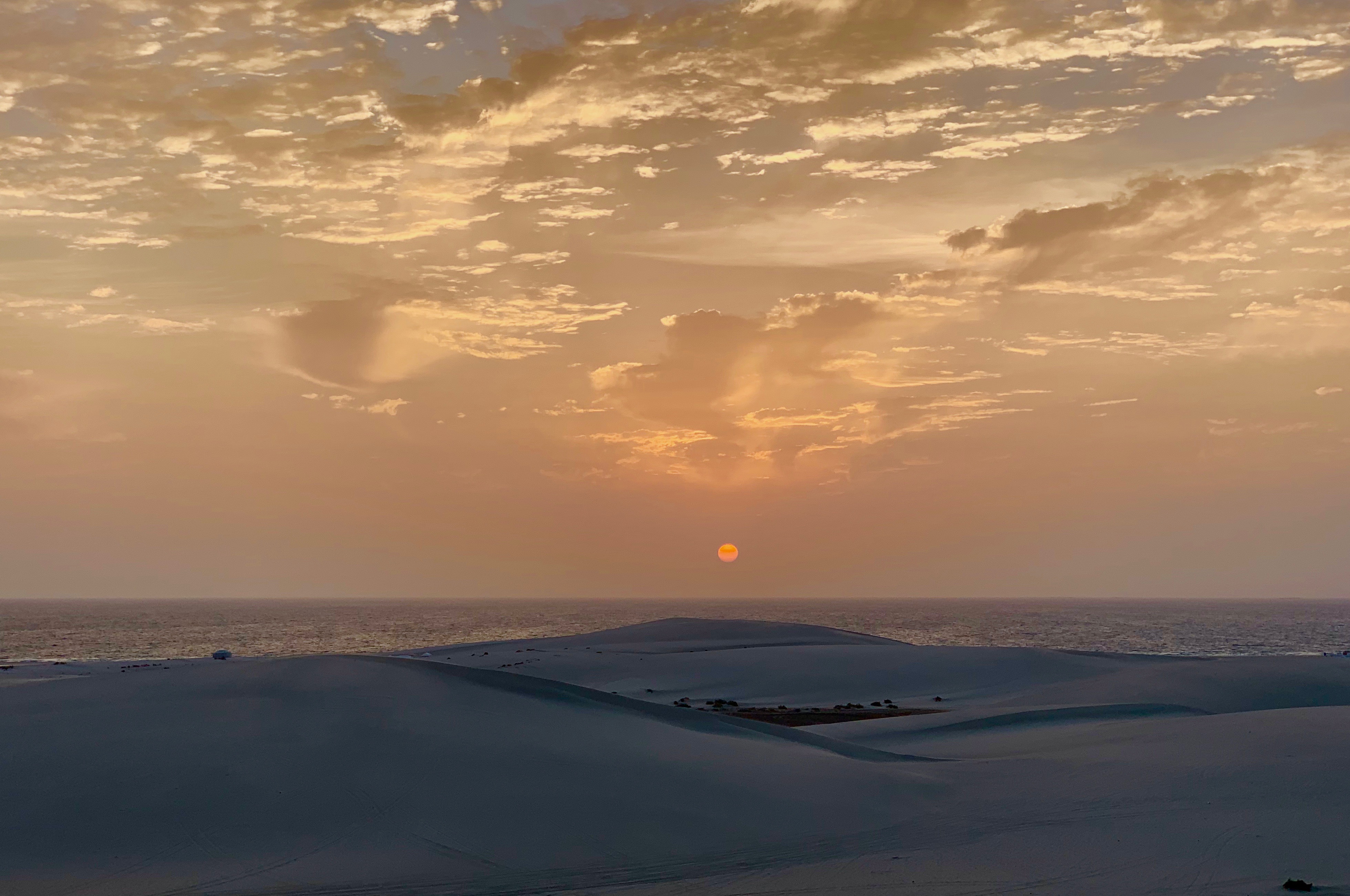
Amir speeds up the first dune and rides along the ridge before we take our first stomach lurching vertical plunge. Dune bashing, as it’s called, is a roller-coaster-like ride over the dunes, some as high as 40 meters. As we speed up and down, the sand whips at the windows making Amir have to use the windshield wipers to see.
The car maneuvers like an alpine skier. Sarah and I both laugh each time Amir takes a micro-pause at the crest of the dune before we plummet. He is genuinely amused too, even though he has driven this course thousands of times.
When the sun begins to rise, the pinks and oranges give an entirely new definition to the desert. The sky has an apricot glow, and the Persian Gulf comes into focus. Amir parks the car and we get out. The wind covers our faces with a fine, gritty film. We are the only people in view, surrounded by an endless horizon in all directions.


Sarah and I have been in Qatar for less than twelve hours, bouncing from the edge of modernity to this tranquil, yet desolate, natural beauty. Even as I recount in my head each decision that planted me here on the other side of the globe, this perfect moment seems dreamlike and improbable.
I am comforted by my smallness against the vast expanse and relieved at being temporarily untethered from the life that defines me at home. It must be for this feeling, that Qataris flock to the desert; escaping from the intensity and excesses of Doha to this embracing stillness.

Before we can drive on paved roads again, we stop at the tire filling station at the edge of the desert. Two men appear out of nowhere and inflate the tires. Amir hands them a couple of coins, and we are off.
On our way back to the city, Amir’s mood shifts. He is all business as he instructs us on how to write his review for Trip Advisor. I had forgotten that our camaraderie is transactional.
Sarah and I show him our posts, and he relaxes back into his previous, easy demeanor.
When we reach our hotel, Amir makes one last reference to his queen, but his attention is already on the family he is meeting later in the afternoon.
As Sarah and I Uber back to the airport to catch our flight to Nepal, I think of the family that Amir will soon bring out into the desert.
They have no idea how beautiful it is yet.
This slideshow requires JavaScript.





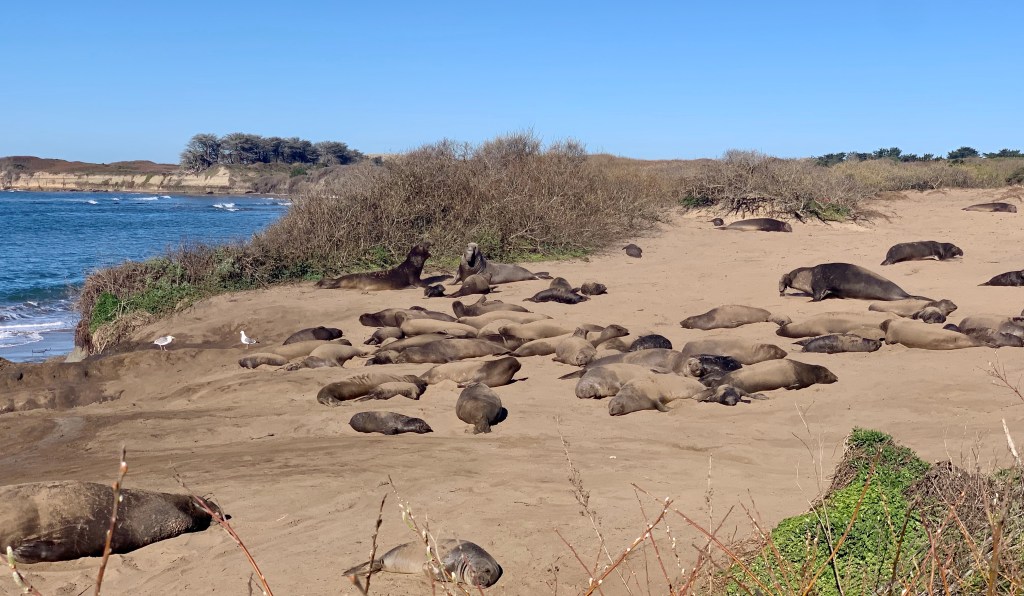


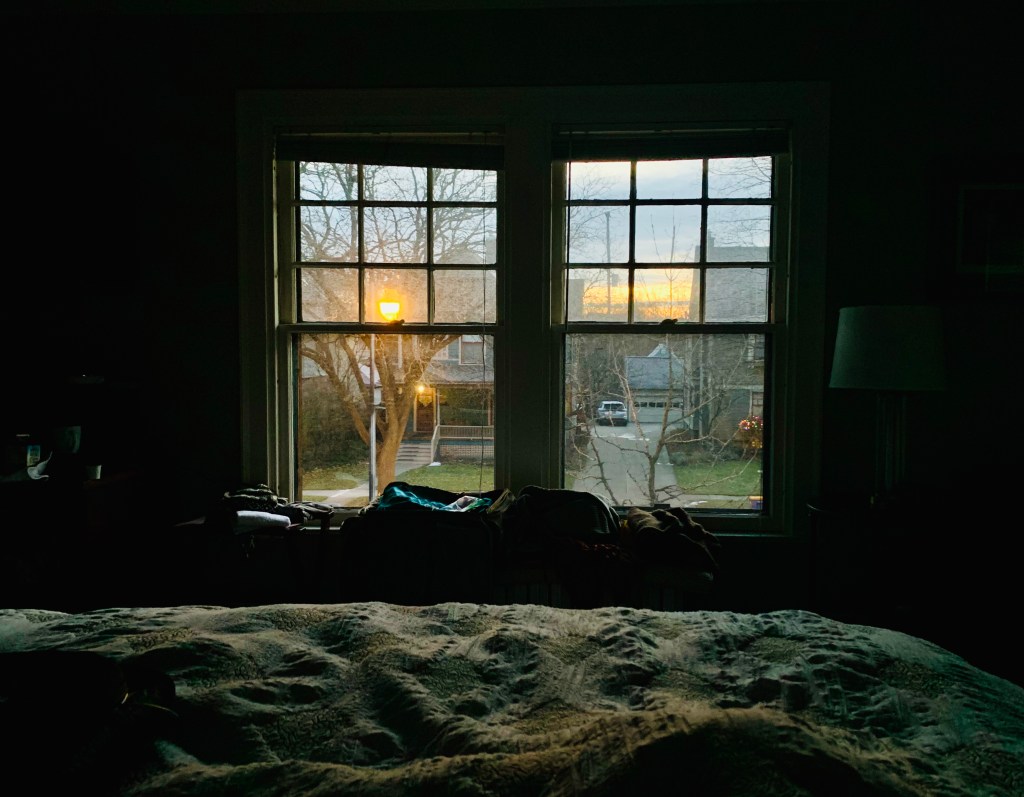







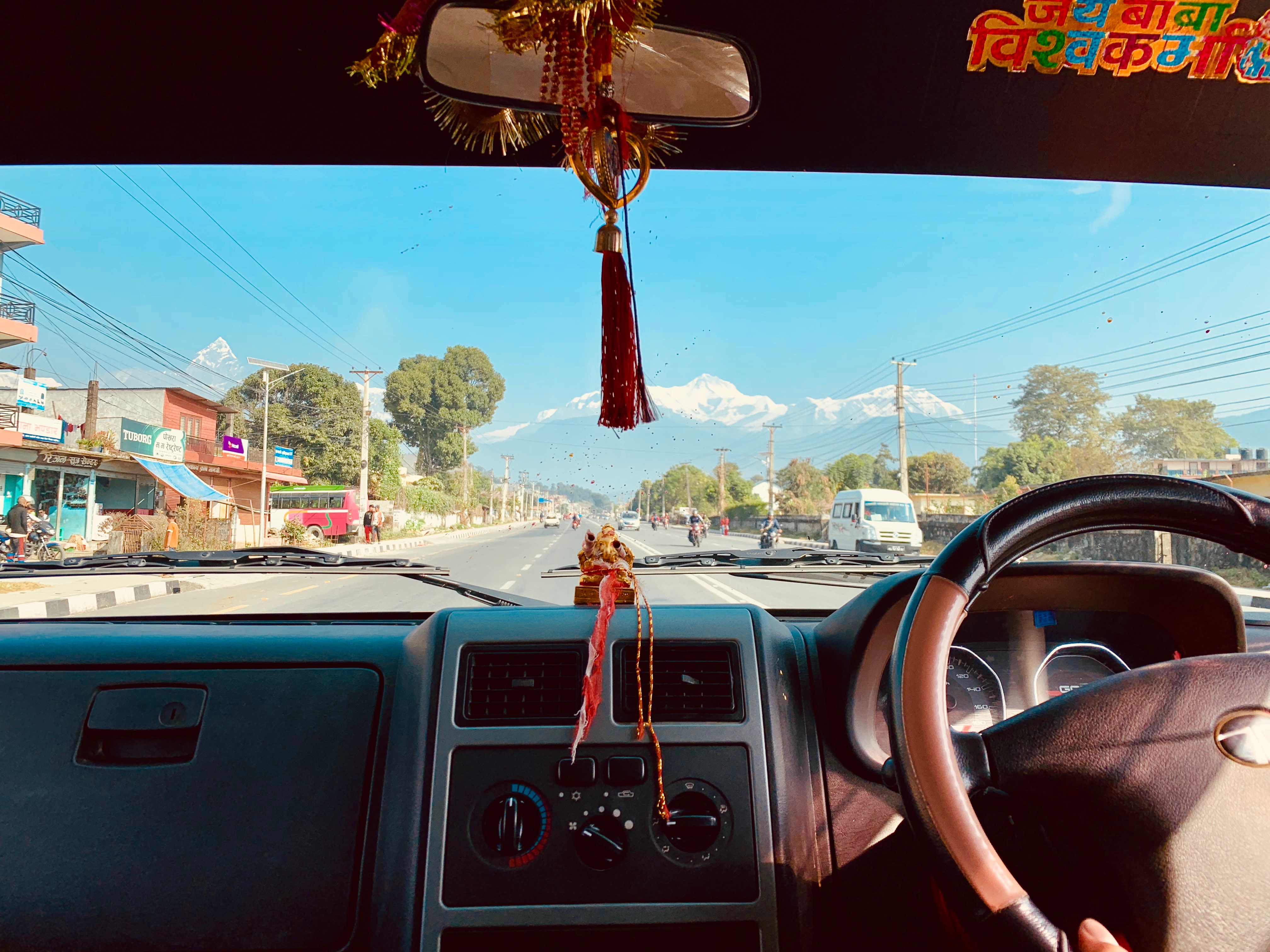
 It didn’t cross my mind, not even for one millisecond, that I shouldn’t eat the exquisitely wrapped chocolates at the base of Buddha’s lotus-positioned feet. The small rectangles, packaged in a rainbow of bright colors, looked exactly like the legos I had been playing with all morning.
It didn’t cross my mind, not even for one millisecond, that I shouldn’t eat the exquisitely wrapped chocolates at the base of Buddha’s lotus-positioned feet. The small rectangles, packaged in a rainbow of bright colors, looked exactly like the legos I had been playing with all morning.
 I bet my future and measly graduate student savings on a coffee mug.
I bet my future and measly graduate student savings on a coffee mug.






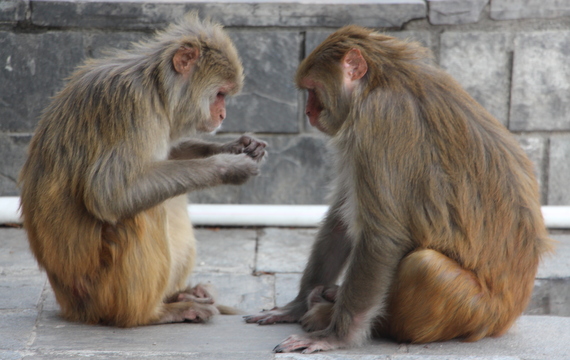
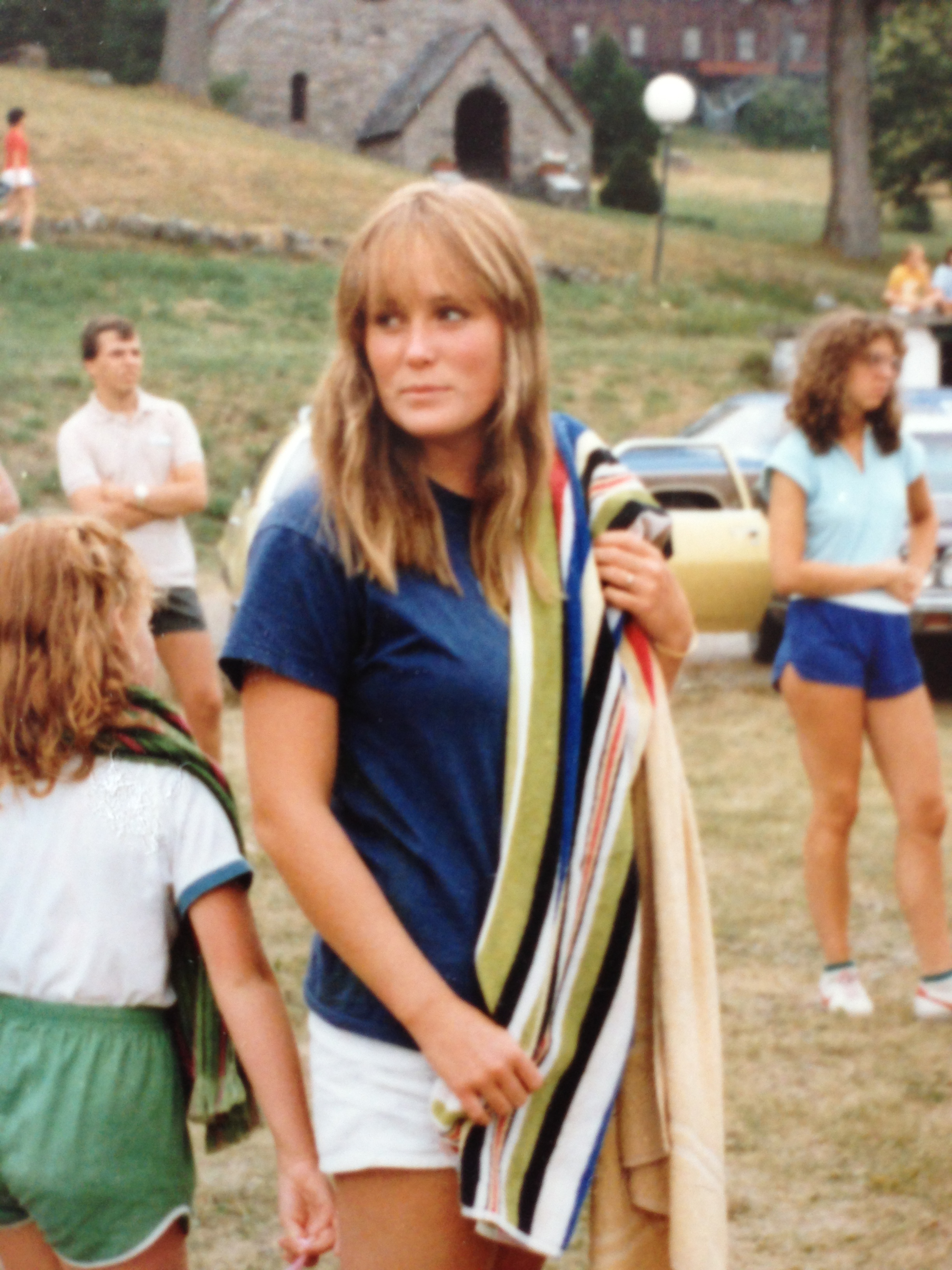

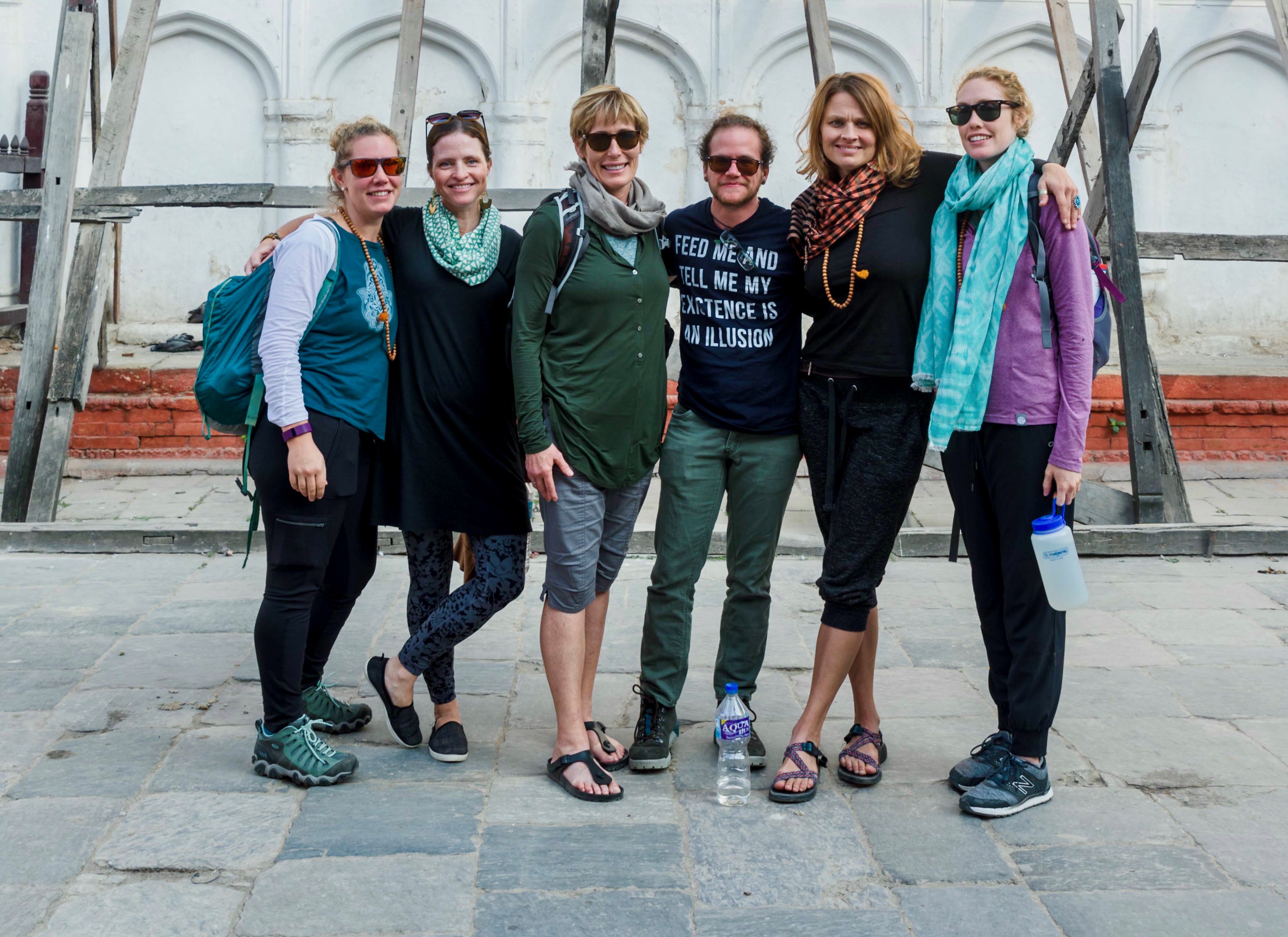

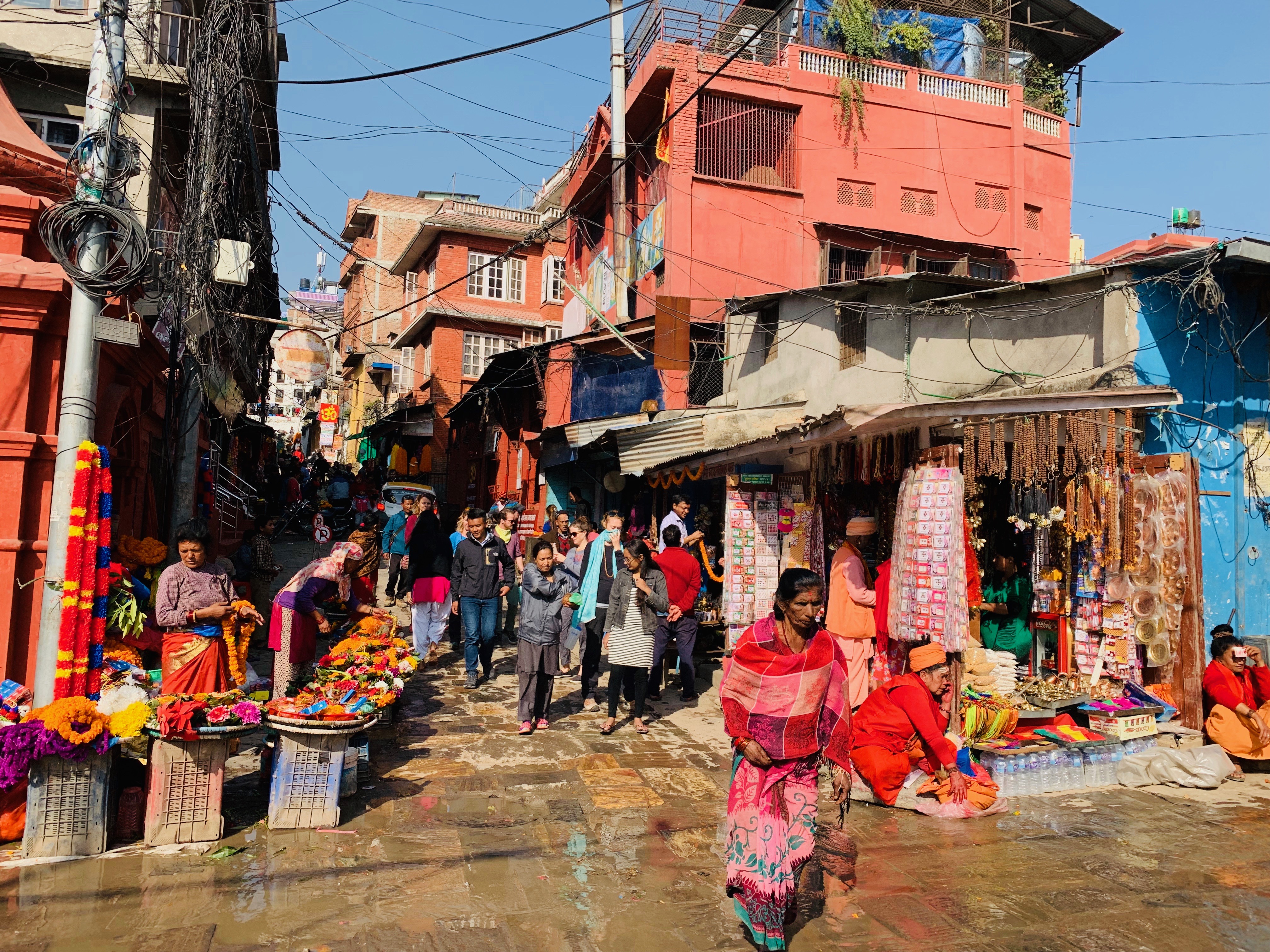











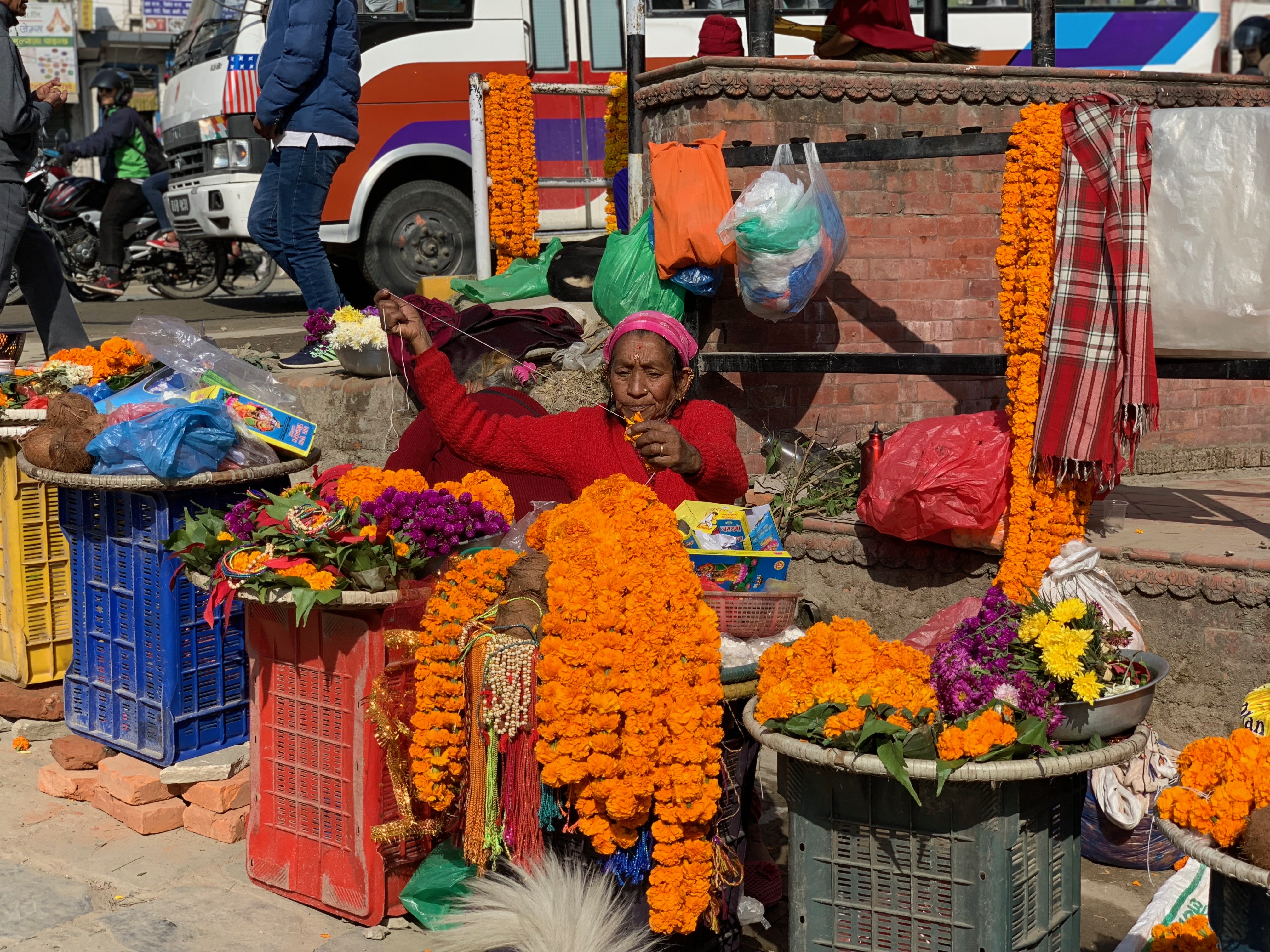








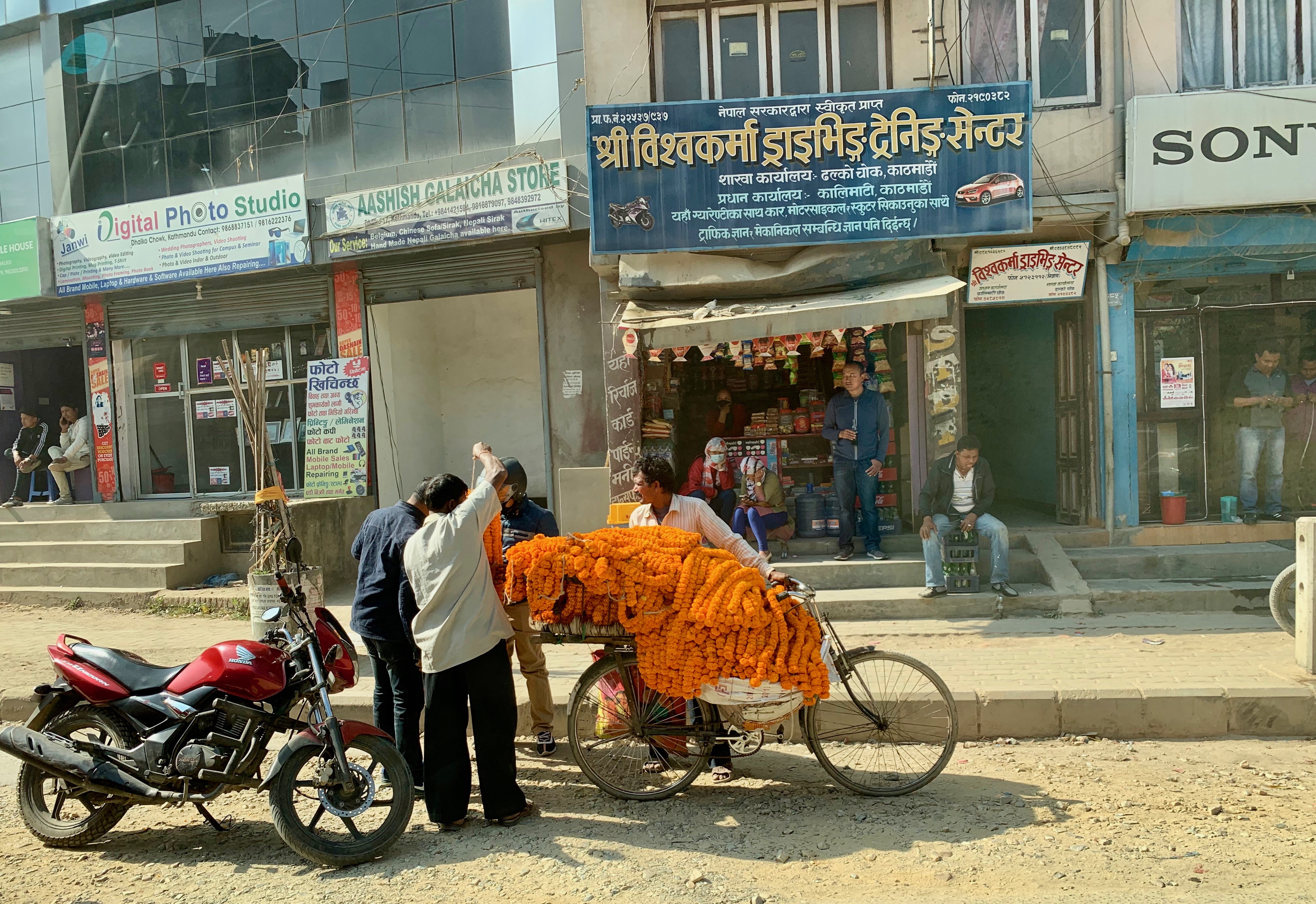



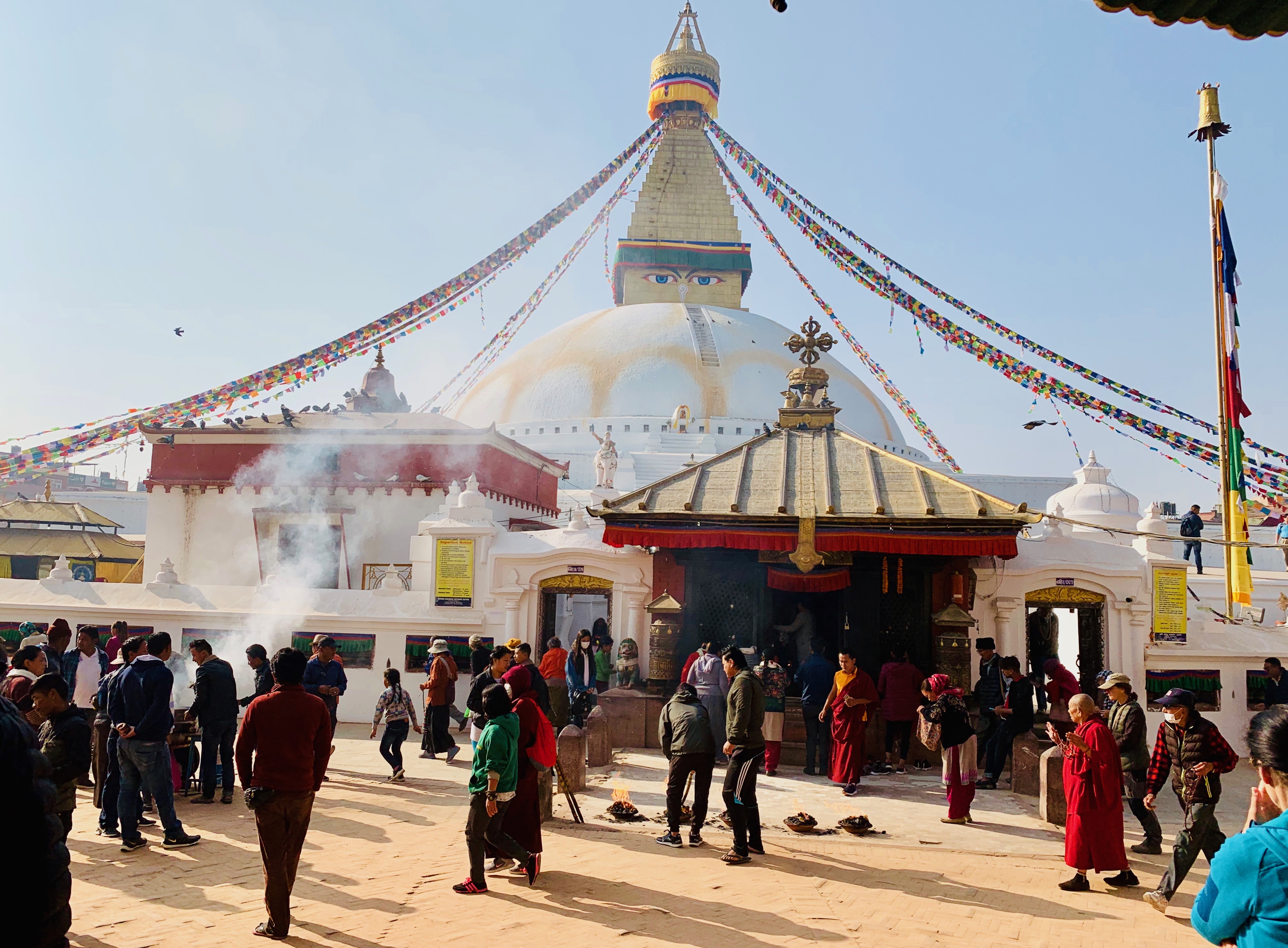





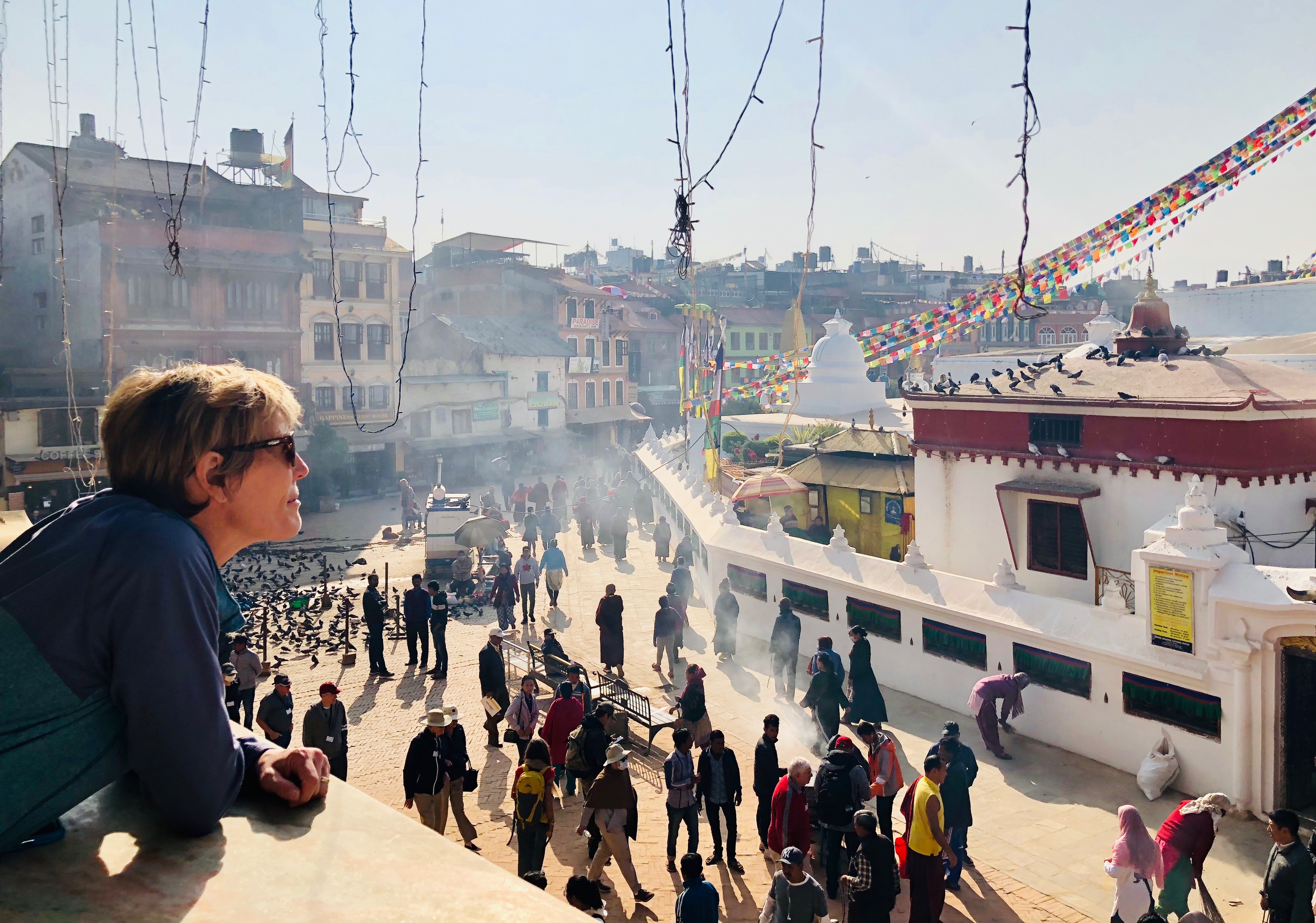
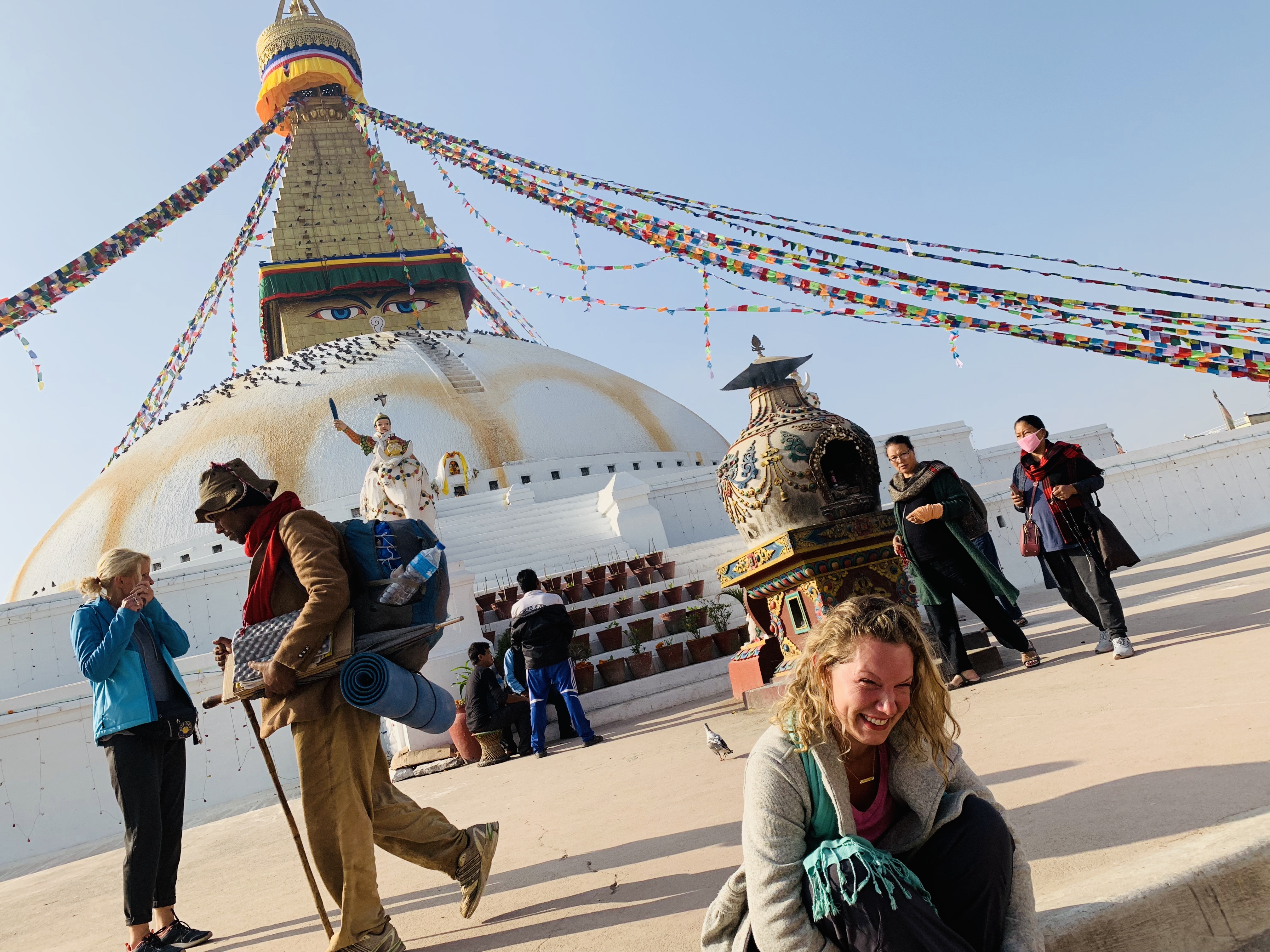

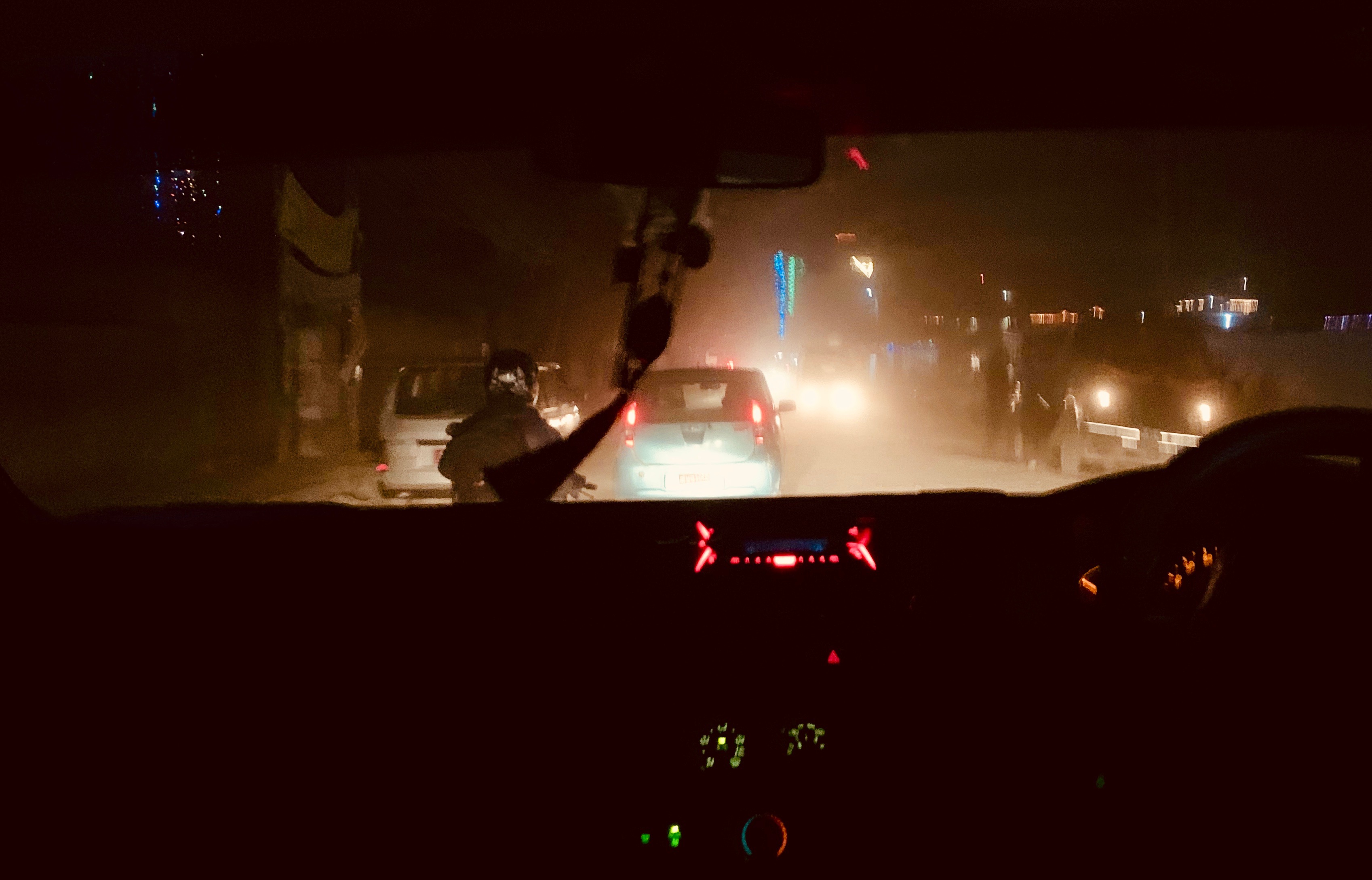
 We fly into the darkness for fourteen hours, arriving in Doha as the sun sets, glowing red in a viscous sandy sky. The sprawling, futuristic airport is enveloped in a crimson haze, and it feels like we landed on Mars.
We fly into the darkness for fourteen hours, arriving in Doha as the sun sets, glowing red in a viscous sandy sky. The sprawling, futuristic airport is enveloped in a crimson haze, and it feels like we landed on Mars.

 We end up at the Souq Waqif, a major tourist attraction and popular meeting place for Qataris, located in the heart of the city. The market is a modern creation emulating the old 19th-century Souq which was destroyed in a fire; but like so much of Doha, it feels like a theme park.
We end up at the Souq Waqif, a major tourist attraction and popular meeting place for Qataris, located in the heart of the city. The market is a modern creation emulating the old 19th-century Souq which was destroyed in a fire; but like so much of Doha, it feels like a theme park.






